a Rosh Hashanah talk by Patti Smith
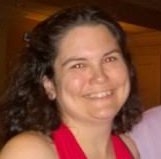 Despite a lifelong love of being the center of attention and performing, I am actually a very shy person. I am one of those unusual folk who would rather be in front of dozens or hundreds of people than talk one to one with someone. One-to-one makes me nervous. It is out of my comfort zone.
Despite a lifelong love of being the center of attention and performing, I am actually a very shy person. I am one of those unusual folk who would rather be in front of dozens or hundreds of people than talk one to one with someone. One-to-one makes me nervous. It is out of my comfort zone.
I did something this past summer that is also out of my comfort zone—I went to camp for the first time. Unlike most people raised in the same circumstances as me, I had never gone to camp. I was quite sickly as a kid and going into the woods with no air conditioning or access to doctors was not really possible. But I’ve grown up and medicine is better, and air conditioned cabins are now a thing, so I got a scholarship and off I went to a dance and arts camp in the woods.
The nerves started a few weeks before camp did. I casually mentioned to my husband that maybe I shouldn’t go. I only knew a few people by sight, and wouldn’t know most of the 120 campers and maybe I should stay home. He reminded me that I had gotten a scholarship that I had to honor.
I set off on a Sunday in August. As soon as I arrived at camp, my nerves started jangling—I didn’t know anyone and they wanted us to sit together at meals. I had to make small talk with complete strangers, most of whom were quite a bit older than me and who all seemed to know each other. I held my own but my stomach jumped all over like it always does when I have to talk to people one on one. I found a Wi-Fi signal and messaged my husband, suggesting that maybe I should come home. He replied by wishing me a happy evening. Drat!
At breakfast and lunch the next day, I felt the same uneasiness that I always have. I started to message my husband again when I heard a woman make an announcement. She was looking for people to perform at the daily gathering, the time just before lunch when campers could sing, dance, tell jokes, lead a sing-a-long, or otherwise show off their talents. I erased my message to my husband and went up to the woman.
“I’m Patti from Ann Arbor,” I said. “I do storytelling, if you could use me tomorrow.”
Her face lit up. “I’d love it! You can go first!”
The story I selected was called The Plant People, the theme of which is me being a very literal and very naïve child who literally thought that the plant people were going to come and eat us all.
So I got up there the next day and told my 5 minute story. It is very rare that I say this, but it really hit all the right notes. I normally sort of black out when I’m up there, but I was really in the moment and it went great.
And then something happened. People started talking to me, and I had something to talk to them about. The theme of naivety and childhood hit a chord with people who told me about their very literal son or their sheltered niece. By telling my story, I had empowered other people to share their stories. And in doing so, we had opened a door into a territory of common life experiences. Now we had something to talk about! And my shyness melted away.
Because I got up there and told that story, I met people who I probably wouldn’t have otherwise even met. We have all friended each other on Facebook and next year at camp, we will have lots of stories to share!
Patti will perform her storytelling on Novemeber 10th in “HERsay: An Evening of Performance Art” at Pointless Brewery & Theatre 3014 Packard St, Ann Arbor, Michigan 48108
It is already sold out, but may be a good topic to talk to Patti about next time you see her!

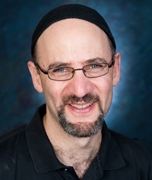 Erev Rosh Hashanah dvar Torah by Rabbi Nathan Martin
Erev Rosh Hashanah dvar Torah by Rabbi Nathan Martin
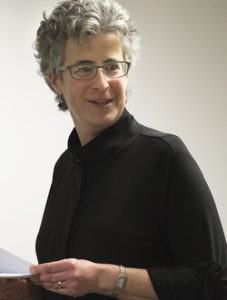 Yom Kippur talk by Debbie Field
Yom Kippur talk by Debbie Field
 Being asked to talk about humility in the context of recognizing God’s sovereignty returned me to my spiritual roots, Al-Anon, 1981. In the 12 steps there is a clear relationship between humility and God. Step 1, admit we are powerless. Step 3, make a decision to turn our lives and our will over to the care of God. Step 7, humbly ask God to remove our shortcomings. And isn’t that exactly what this time of year gives us the space to do? Beginning with the new moon of Elul and culminating as the gates close on Yom Kippur, we are invited to deeply know ourselves, the whole truth of ourselves, and bring that truth before the Holy One of Being, whom our prayer book calls “author of creation, teacher of truth” whose sovereign power hopefully empowers us. Humility is about being in right relationship with ourselves and thereby being in right relationship with God.
Being asked to talk about humility in the context of recognizing God’s sovereignty returned me to my spiritual roots, Al-Anon, 1981. In the 12 steps there is a clear relationship between humility and God. Step 1, admit we are powerless. Step 3, make a decision to turn our lives and our will over to the care of God. Step 7, humbly ask God to remove our shortcomings. And isn’t that exactly what this time of year gives us the space to do? Beginning with the new moon of Elul and culminating as the gates close on Yom Kippur, we are invited to deeply know ourselves, the whole truth of ourselves, and bring that truth before the Holy One of Being, whom our prayer book calls “author of creation, teacher of truth” whose sovereign power hopefully empowers us. Humility is about being in right relationship with ourselves and thereby being in right relationship with God. by Marcy Epstein
by Marcy Epstein

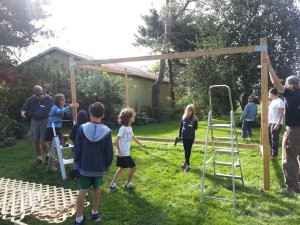




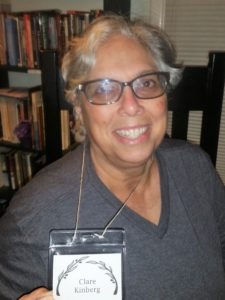
 Adapted by Rena Basch from Cooking Light magazine June 2010
Adapted by Rena Basch from Cooking Light magazine June 2010
